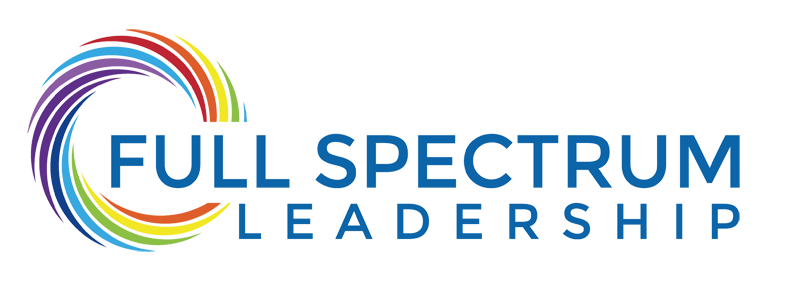Change and Growth

The Twin Pillars of Progress
by Peter Comrie
In the ever-evolving landscape of business and life, change and growth are not just inevitable; they are synonymous with progress and development.
To you, our esteemed collaborators, understanding and embracing this relationship is fundamental for our collective success and individual fulfillment. This article explores the intrinsic link between change and growth, presenting why and how embracing change is pivotal to personal and organizational growth, and providing strategies to harness these dynamics effectively.
Understanding the Symbiosis of Change and Growth
Change, often perceived as the catalyst for uncertainty, is actually the bedrock of growth. Growth, in its essence, is the process of evolving from one state to a more advanced one. It’s impossible to grow without changing, just as it’s impossible to change without growing.
Nature’s Blueprint:
In nature, change is constant. Seasons change, creatures evolve, and ecosystems adapt. This natural progression is a powerful metaphor for how change can lead to survival and thriving.
Innovation and Adaptation:
In business, change drives innovation. Companies that embrace new ideas, technologies, and methodologies are often the ones that grow and dominate markets. Conversely, those resistant to change can stagnate or decline.
Personal Development:
On a personal level, embracing change pushes individuals out of their comfort zones, fostering new skills, and personal development. Each change, whether desired or unexpected, is an opportunity for growth.
The Psychological Aspect of Change and Growth
Resistance to change is often rooted in fear – fear of the unknown, fear of failure, or fear of losing control. Understanding and overcoming this psychological barrier is key to embracing change and facilitating growth.
Comfort Zones and Growth:
Comfort zones, while safe, are often the biggest enemy of growth. Growth requires stepping into the unknown and facing challenges head-on.
The Growth Mindset:
Cultivating a growth mindset, as opposed to a fixed mindset, is crucial. This mindset embraces challenges, persists in the face of setbacks, and sees effort as the path to mastery.
Overcoming Fear:
Recognizing fears and addressing them is essential. Often, the anticipation of change is more daunting than the change itself. Once embraced, change can lead to unforeseen opportunities and successes.
Strategies for Embracing Change and Fostering Growth
To truly harness the power of change for growth, both individuals and organizations need strategies that turn challenges into opportunities.
Continuous Learning:
Commit to lifelong learning. Stay updated with industry trends, learn new skills, and be open to new ideas and perspectives. In a changing environment, knowledge is power and a key driver of growth.
Flexible Planning:
While having a plan is essential, so is being flexible with it. Adaptive planning allows for adjustments as new information and situations arise. This agility can be a significant competitive advantage.
Cultivating Resilience:
Resilience is the ability to recover from difficulties. It’s a critical quality in times of change. Cultivate resilience by building a supportive network, maintaining a positive outlook, and not shying away from seeking help when needed.
Encouraging Open Communication:
Create an environment where open communication is valued. Encourage team members to voice concerns, ask questions, and suggest ideas. This not only eases the anxiety around change but can also lead to innovative solutions and strategies.
Celebrating Milestones:
Recognize and celebrate growth and achievements. This reinforces the value of embracing change and motivates further progress.
Implementing Change and Growth in Organizational Culture
For an organization, embedding the ethos of change and growth into its culture is vital. This means:
Leadership by Example:
Leaders should embody the principles of continuous improvement and adaptability. Their attitude towards change significantly influences the organization’s overall response to it.
Rewarding Innovation:
Encourage and reward risk-taking and innovation. When employees see that their efforts towards embracing change are recognized, they’re more likely to continue pushing boundaries.
Building an Adaptive Workforce:
Invest in training and development programs that prepare employees to adapt to change, solve problems creatively, and take on new challenges.
To Wrap Up
Change and growth are not just synonymous; they’re the dual forces driving progress and development in any dynamic environment.
By understanding the intrinsic link between the two, overcoming psychological barriers to change, and implementing effective strategies to embrace it, individuals and organizations can unlock their full potential.
To you, our valued collaborators, let’s view change not as a hurdle but as a stepping stone to growth and success. Together, let’s embrace the changes that come our way, leveraging them as opportunities for continuous learning, innovation, and advancement.
In embracing this mindset, we not only adapt and thrive in our ever-changing world but also pave the way for a future replete with possibilities and accomplishments.

Leave a Reply
You must be logged in to post a comment.